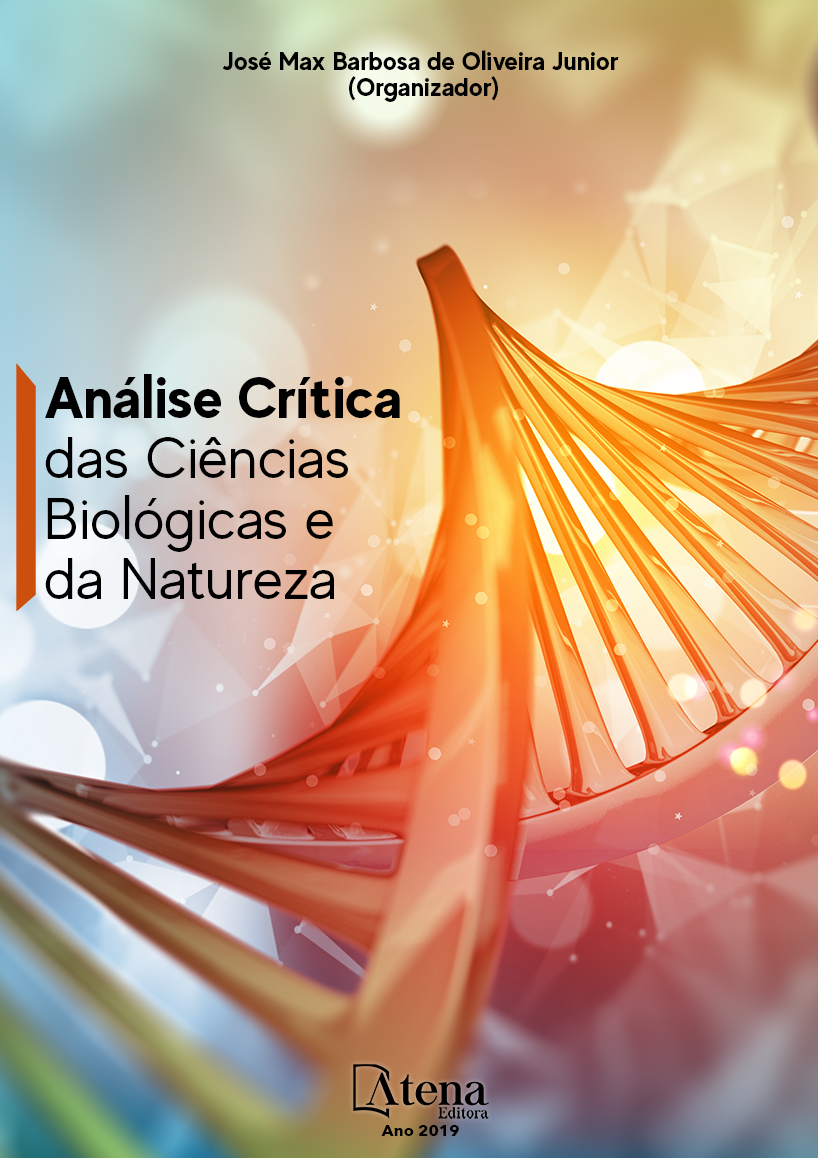
INFLUÊNCIAS DE PISCICULTURA EM TANQUES-REDE SOBRE ASPECTOS POPULACIONAIS E ALIMENTARES DE PEIXES SILVESTRES NO RESERVATÓRIO DE CHAVANTES (RIO PARANAPANEMA), SÃO PAULO, BRASIL
As pisciculturas em tanques-rede disponibilizam até 18% da matéria orgânica utilizada (peixes e ração) para o ecossistema aquático, sendo esta entrada de matéria orgânica uma potencial influência ambiental. Assim, o objetivo do estudo foi avaliar a influência de duas pisciculturas em tanques-rede sobre aspectos populacionais e alimentares de três espécies de peixes silvestres (Leporinus amblyrhynchus, Serrasalmus maculatus e Steindachnerina insculpta). Os exemplares foram coletados com auxílio de redes de espera, em áreas próximas a dois sistemas de piscicultura em tanques-rede e em duas áreas controle no reservatório de Chavantes, rio Paranapanema, SP. Os exemplares foram quantificados e suas massas e comprimentos padrão mensurados, comparando-se para as espécies, em cada área, a abundância numérica (teste Z), comprimento padrão e massa total (teste t de Student ou teste Mann-Whitney). Seus conteúdos estomacais foram identificados e pesados, e a comparação da composição da dieta de cada espécie entre as áreas realizada por meio de PERMANOVA one-way e os principais itens contribuintes para dissimilaridade pelo método SIMPER. Verificou-se diferenças na dieta para as espécies L. amblyrhynchus e S. insculpta, sendo para a primeira também observadas alterações na sua abundância numérica. Para a espécie carnívora S. maculatus, a dieta não foi alterada, porém sua massa total e comprimento padrão foram maiores nas áreas controle e a abundância nas áreas de piscicultura. Conclui- se que a dieta de peixes generalistas, foi influenciada pelo aumento de nutrientes e matéria orgânica ocasionado pela piscicultura, enquanto o adensamento de presas também nessas áreas corroborou para maior abundância da espécie carnívora.
INFLUÊNCIAS DE PISCICULTURA EM TANQUES-REDE SOBRE ASPECTOS POPULACIONAIS E ALIMENTARES DE PEIXES SILVESTRES NO RESERVATÓRIO DE CHAVANTES (RIO PARANAPANEMA), SÃO PAULO, BRASIL
-
DOI: 10.22533/at.ed.57619270513
-
Palavras-chave: alimentação de peixes, aquicultura sustentável, Leporinus amblyrhynchus, Serrasalmus maculatus, Steindachnerina insculpta
-
Keywords: Fish feed, sustainable aquaculture, Leporinus amblyrhynchus, Serrasalmus maculatus, Steindachnerina insculpta
-
Abstract:
Cage fish farming provide up to 18% of the organic matter used to the aquatic ecosystem and this input of organic matter is a potential environmental influence. Thus, the objective of the study was to evaluate the influence of two cage fish farms on population and dietary aspects of three wild fish species (Leporinus amblyrhynchus, Serrasalmus maculatus, and Steindachnerina insculpta). The specimens were collected using gill nets in areas surrounding two cage fish farming and in two control areas in the Chavantes Reservoir, Paranapanema River, SP. The specimens were quantified and their mass and standard length were measured, comparing to the species in each area, the numerical abundance (Z test), standard length, and total mass (Student t test or Mann-Whitney test). Their stomach contents were identified and weighed, and the comparison of the composition of the diet of each species between the areas performed through PERMANOVA one way and the main contributors to dissimilarity by the SIMPER method. There were differences in the diet for L. amblyrhynchus and S. Insculpta, and for the first one also observed changes in its numerical abundance. For the carnivorous species S. maculatus, the diet was not altered, but their total mass and standard length were higher in the control areas and the abundance in the fish farming areas. It was concluded that the diet of general fish was influenced by the increase of nutrients and organic matter caused by fish farming, while the densification of prey in these areas corroborated the greater abundance of carnivorous species.
-
Número de páginas: 15
- Denis William Johansem de Campos
- José Daniel Soler Garves
- Érica de Oliveira Penha Zica
- Reinaldo José da Silva
- Heleno Brandão
- Augusto Seawright Zanatta
- Edmir Daniel Carvalho
- Igor Paiva Ramos
- Aymar Orlandi Neto


